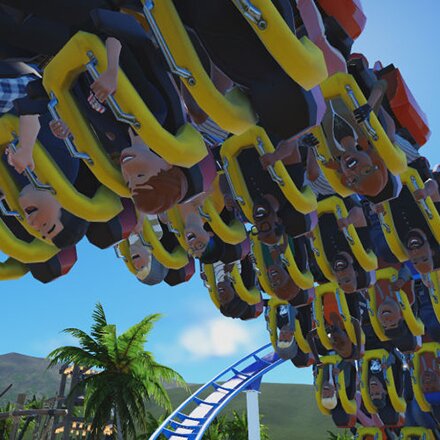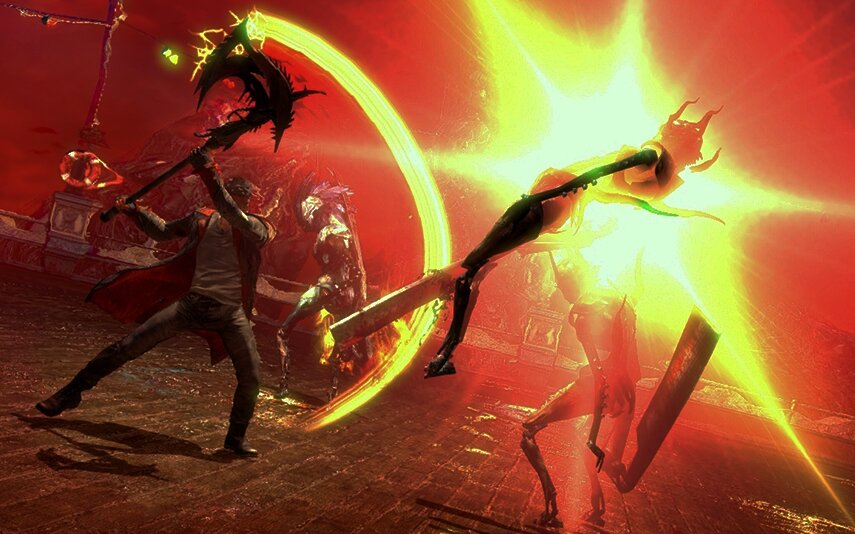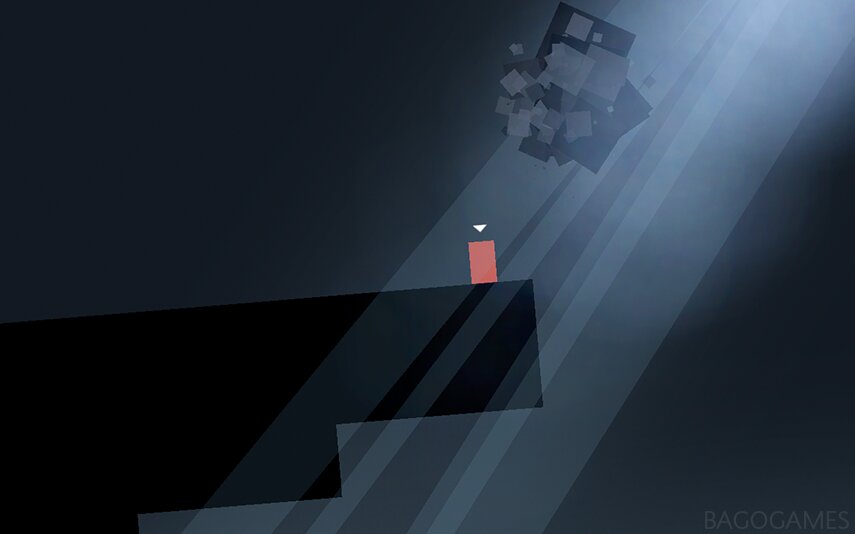Words by Rob Jones
It’s a glorious Saturday afternoon and Wembley Arena is packed as 12,000 excited fans from across Europe roar support for their team. The music booms and there's a tangible thrill in the air - but despite Wembley’s history, this is nothing to do with football. Today, London plays host to the LCS Summer Split, a crucial event in the League of Legends tournament calendar. League of Legends, or LoL as it’s affectionately known, is an online multiplayer game which attracts a staggering 27 million players per day, making it the most popular PC game in the world. Hot on its heels is Dota 2, with a playerbase smaller in numbers but whose incredible financial commitment is sending waves throughout the world of games and far beyond.
The two games are essentially cousins, both spinoffs of the same grassroots design. When some keen players tinkered with the design of fantasy game Warcraft 3 and reshaped it into a fast-paced multiplayer contest for two teams of five, they started a phenomenon. Their new game - DotA - was so popular that some of its creators decided to build a whole new game based on the concept. Riot Games was born, and their first product - League of Legends. Meanwhile, after some legal wrangles, Valve Software - the company best known for hit games like Portal 2- hired another of the original developers and announced Dota 2 as an official sequel. Together, these two companies are driving the resurgence of eSports - the world of professionalised, competitive gaming - but they both take very different approaches.
Riot pays full salaries to the top teams and organises a regimented system of tournaments, so players can start at the bottom and work their way to the top league. Almost all the funding - including prize money of two million dollars for the World Championships- comes from Riot themselves and their tournament sponsors, including brands like Coca Cola and American Express. Valve takes a more hands-off approach, only directly organising a single tournament - The International Dota 2 Championships. But here, Valve have struck gold - enormous mountains of gold - with a novel approach to funding the tournament prize pool. Valve encourages fans and players to donate directly to The International’s prize fund, with in-game incentives that unlock when it reaches certain target amounts. This has been a runaway success: at the time of writing, the prize fund for this year’s International stands at 9.8 million dollars, and still rising. Already, this easily eclipses the prizes for the Grand National ($4.6 million), the Tour De France (~$3 million) and the Wimbledon Men’s Doubles (~$2.5 million). It’s roughly equivalent to the prize pot for golf’s US Masters, though it looks like The International will comfortably overtake this by the time the fund closes, leaving the golfers in the dust.
When you watch both games in action, it’s easy to see why they command such huge numbers of players and vast sums of money. They share the same core concept, combining the strategy of chess with the action of an especially violent spot of five-a-side Quidditch. Players each choose a magical character (including giant spiders, talking trees, and - well, whatever Io is supposed to be) and intervene in a neverending struggle between two computer-controlled armies, trying to help their own side win. Professional games are fast, fluid and intensely tactical - teams split apart to keep their own armies safe across the field, then quickly form up together to press the attack. The tension mounts as all ten players square up against each other in an explosion of colourful spells that leave carnage in their wake, and a daring last-minute play can turn the whole game around.
With all this excitement on offer, it’s no wonder that both games regularly top the viewing charts on Twitch.tv, a website that allows anyone to broadcast a game as they play. Twitch has quickly become the go-to place to watch eSports in action, with over 35 million viewers a month. But the devotion of the community extends well beyond just passively watching - the audience’s appetite is so great that players below the pro level can still make a full-time salary as commentators, and it has inspired a whole new cottage industry of digital creatives who make everything from strategy guides and comedy skits to music and podcasts. The savviest pro players are part of this themselves - livestreaming their own practice games and building a devoted following through social media.
As internet speeds go up and more people get connected, the world of games is expanding like never before as ideas that might previously be dismissed can find their niche and flourish. For eSports, there are a lot of questions still to answer - is this current revival sustainable? As colleges offer LoL scholarships, and the US government recognises players as athletes, how will a movement based on enthusiastic amateurs adapt to being abruptly thrown into the limelight? And will the sudden surge of money change things for better, or worse?
One thing’s for sure, at least - for those 12,000 fans screaming their hearts out at Wembley, eSports can only get bigger and better.
For more info, and to learn how to start playing yourself, check out the official websites for League of Legends and Dota 2.




